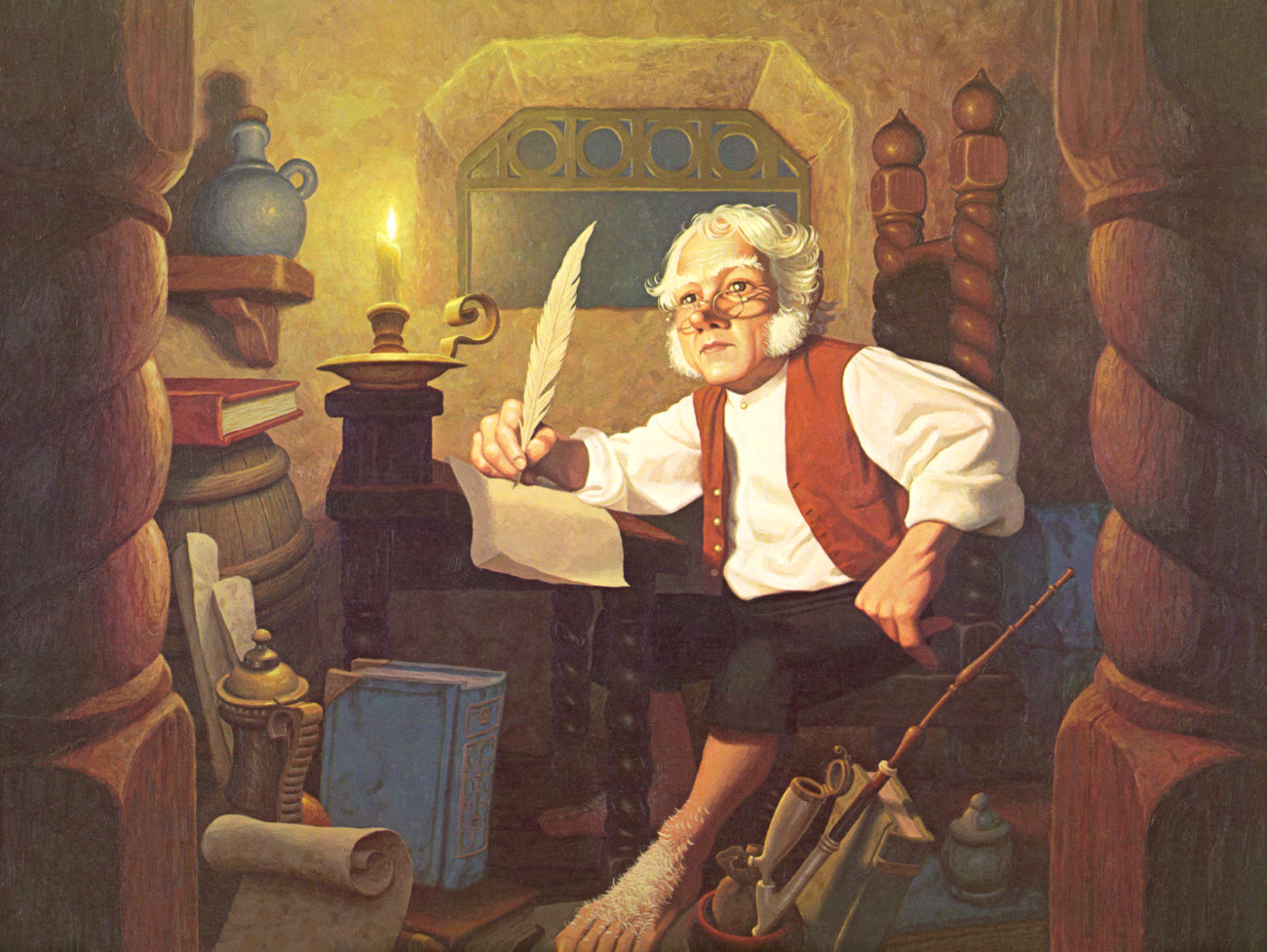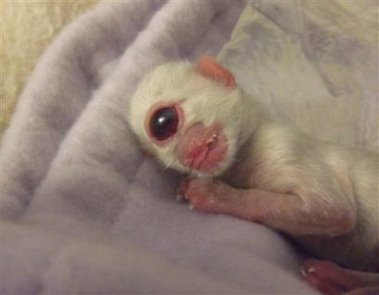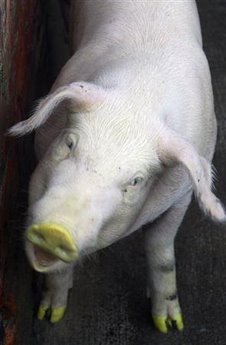Gold-Plated Zombie Cyborg Bacteria?
Microbe & Machine Merged to Create First 'Cellborg'
from LiveSpace
Fully merging microbe and machine for the first time, scientists have created gold-plated bacteria that can sense humidity.
merging microbe and machine for the first time, scientists have created gold-plated bacteria that can sense humidity.
The breakthrough is the first "cellborg" in what might become an array of devices that could sense dangerous gases or other hazardous substances.
The bioelectronic device swells and contracts in response to how much water vapor is in the air. It's called a cellborg humidity sensor, and it is at least four times more sensitive than those that are solely electronic. It even works even when its biological parts are long dead.
Scientists first coated a silicon chip with a layer of live Bacillus cereus bacteria. The chip was then washed in a solution containing tiny gold particles, each one about 30 nanometers across. The gold nanoparticles attached to long hair-like proteins on the surface of the bacteria, transforming them into gold-plated bridges that completed an electronic circuit.A nanometer is one billionth of a meter. A human hair is roughly 100,000 nanometers wide.
Once assimilated, the gilded bacteria can survive for only about two days, but even when dead, their bodies still swell and contract in response to changes in humidity. They can go on working this way for months, Saraf said.
According to Saraf, their hybrid sensor is the first to incorporate microorganisms into an electronic device.
If scientists could coat bacteria with gold nanoparticles without killing them, it might be possible to make cellborg sensors that could power an electronic circuit instead of just completing one, Saraf told LiveScience. Another possibility may be to tweak the bacteria so they respond to things other than humidity.
The study was detailed in the Oct. 21 issue of the journal Angewandte Chemie.
from LiveSpace
Fully
 merging microbe and machine for the first time, scientists have created gold-plated bacteria that can sense humidity.
merging microbe and machine for the first time, scientists have created gold-plated bacteria that can sense humidity.The breakthrough is the first "cellborg" in what might become an array of devices that could sense dangerous gases or other hazardous substances.
The bioelectronic device swells and contracts in response to how much water vapor is in the air. It's called a cellborg humidity sensor, and it is at least four times more sensitive than those that are solely electronic. It even works even when its biological parts are long dead.
Scientists first coated a silicon chip with a layer of live Bacillus cereus bacteria. The chip was then washed in a solution containing tiny gold particles, each one about 30 nanometers across. The gold nanoparticles attached to long hair-like proteins on the surface of the bacteria, transforming them into gold-plated bridges that completed an electronic circuit.A nanometer is one billionth of a meter. A human hair is roughly 100,000 nanometers wide.
Once assimilated, the gilded bacteria can survive for only about two days, but even when dead, their bodies still swell and contract in response to changes in humidity. They can go on working this way for months, Saraf said.
According to Saraf, their hybrid sensor is the first to incorporate microorganisms into an electronic device.
If scientists could coat bacteria with gold nanoparticles without killing them, it might be possible to make cellborg sensors that could power an electronic circuit instead of just completing one, Saraf told LiveScience. Another possibility may be to tweak the bacteria so they respond to things other than humidity.
The study was detailed in the Oct. 21 issue of the journal Angewandte Chemie.







 what the Great Conjunction is. 'What's the Great Conjunction?'
what the Great Conjunction is. 'What's the Great Conjunction?' 




 A Is for Androids
A Is for Androids B Is for Boba
B Is for Boba C Is for Calvin
C Is for Calvin D Is for Dragons
D Is for Dragons E Is for Elric
E Is for Elric F Is for Futures
F Is for Futures G Is for Genie
G Is for Genie H Is for Hobbits
H Is for Hobbits I Is for Iceman
I Is for Iceman J Is for Jedi
J Is for Jedi K Is for Kraken
K Is for Kraken





































































0 Comments:
Post a Comment
<< Home